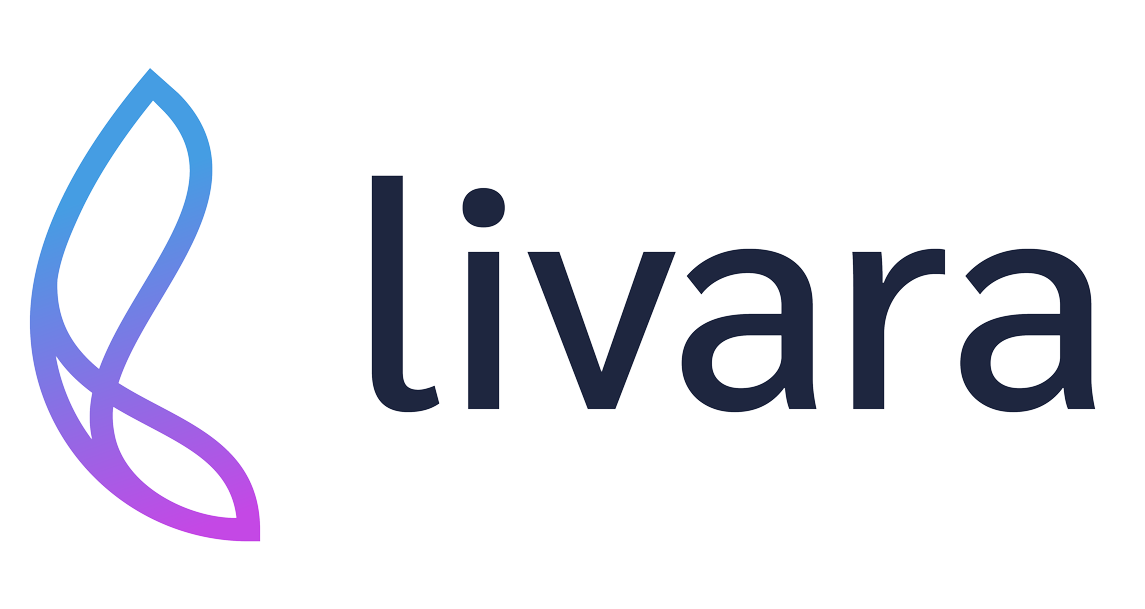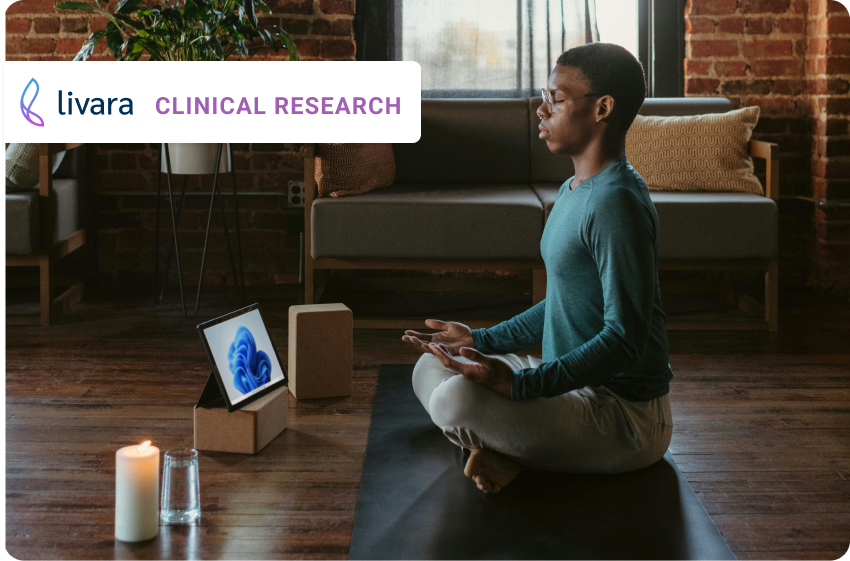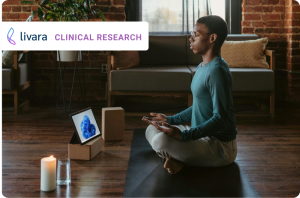PURPOSE: To determine the effect of mindfulness video engagement on the neck and back disability in individuals undergoing exercise-based physical therapy for spine pain.
METHODS: Individuals undergoing a 6-9 week of supervised exercise-based rehabilitation were offered enrollment in a 4-week video-based daily mindfulness meditation program. Low back- and neck-related disability assessed with the Oswestry Disability Index (ODI) and Neck Disability Index (NDI) were compared across no (0), low (1-9), medium (10-19), and high (20-28) video engagement, using Analysis of Covariance. A receiver operating characteristic (ROC) curve was generated to identify a threshold for video engagement resulting in clinically significant reductions in disability (>10 points).
RESULTS: A total of 342 individuals participated, with 23.3% (80) not engaging, 44.4% (152) with low engagement, 21% (72) with medium engagement, and 11.1% (38) with high engagement in mindfulness videos. Mean (SD) age was higher in the high engagement group compared to the no-engagement group (58 (15) vs 50 (18) years, p = 0.031), as was duration of pain (118 (143) vs 63 (99) months, p = 0.044). Body mass index (BMI) was greater in the low engagement group compared to the medium engagement group (27.9 (6) vs 25.6 (5) kg/m2, p = 0.035). There was a greater reduction in ODI in participants with high versus low engagement (11(15) vs 4(10) pts, p = 0.012) in the adjusted model, while no significant group differences were observed for NDI (p = 0.728). A threshold of 10 videos was identified to predict a clinically important reduction in ODI, with a sensitivity of 46% and a specificity of 72%; AUC = 0.59 (95%CI = .512-.665), p < 0.05).
CONCLUSION: Greater engagement in mindfulness videos is associated with larger reductions in low back-, but not neck-related disability in individuals undergoing exercise-based physical therapy for spine pain. A minimum of 10 videos is recommended to achieve clinically important improvement.





